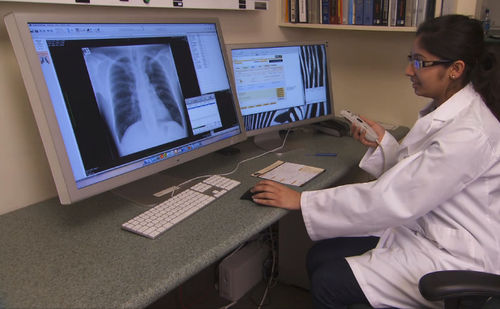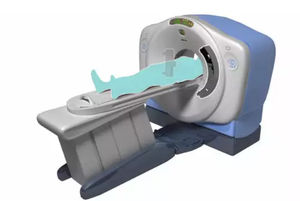

- Products
- Catalogs
- News & Trends
- Exhibitions
Visualization software module post-processingeducationradiography

Add to favorites
Compare this product
Characteristics
- Function
- visualization, post-processing, education
- Applications
- radiography
- Deployment mode
- web-based
Description
Medical imaging is dependent on the computer for most aspects of acquiring and processing the image, and for subsequent transmission and storage of the recorded data. This theory module provides an introduction to computer science, the technology used in radiographic imaging, and the difference between digital imaging and computed radiography. It also covers the elements of the digital image and how these affect image quality. If you are studying for the American Registry of Radiologic Technologists® (ARRT) registry exams, this module is an ideal learning resource.
Review history and development of the computer.
Define terminology associated with digital imaging systems.
Describe the various types of digital receptors.
Discuss the fundamentals of digital radiography, distinguishing between cassette-based systems and cassette-less systems.
Describe the advantages and disadvantages of digital imaging versus cassette-based imaging.
Discuss spatial resolution, contrast resolution, and noise related to digital imaging.
Describe the features of a contrast-detail curve, and interpret a modulation transfer function curve.
Discuss how post-processing allows the visualization of a wide dynamic range.
Explain the relevant features of a storage phosphor imaging plate and operating characteristics of a computed radiography reader.
Describe how digital imaging can be used to help reduce patient radiation dose.
Describe HIPAA concerns with electronic information.
Explain the Patient's Bill of Rights, Patient Privacy Rule (HIPAA) and Patient Safety Act.
VIDEO
*Prices are pre-tax. They exclude delivery charges and customs duties and do not include additional charges for installation or activation options. Prices are indicative only and may vary by country, with changes to the cost of raw materials and exchange rates.



